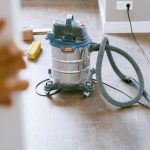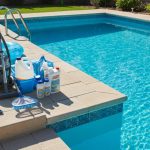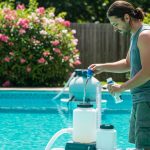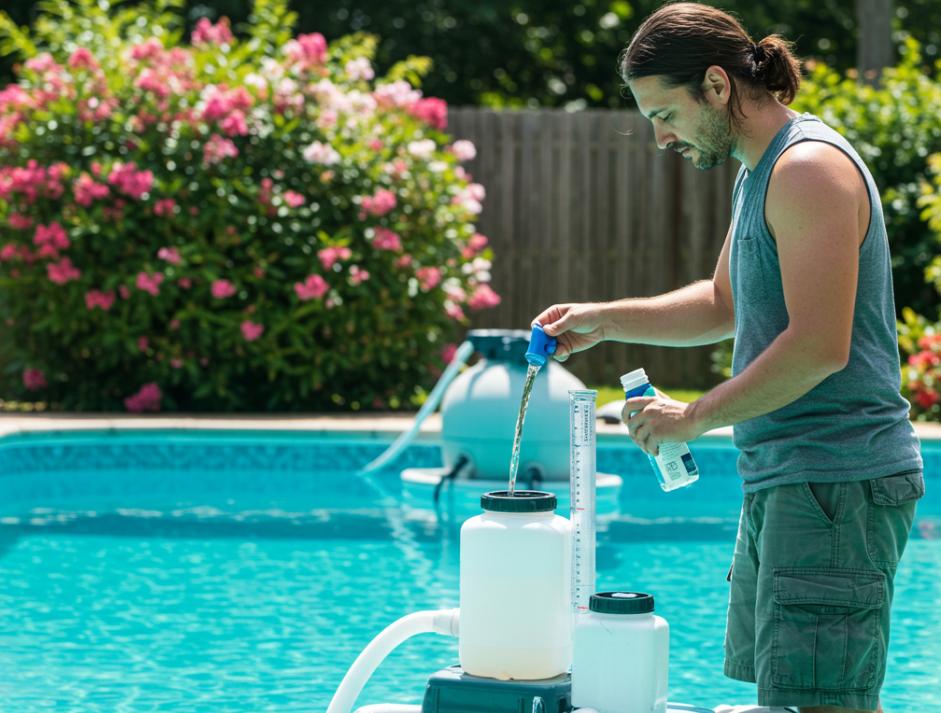
Did you know that improper chemical balance can lead to cloudy water, harmful bacteria, and even skin irritation? Understanding the roles of chlorine, pH levels, and alkalinity can make all the difference in maintaining a safe and enjoyable swimming environment. Let’s explore how to keep your pool sparkling and healthy!
The basics of pool chemistry
To effectively manage your pool’s health, you need to grasp several key concepts about pool chemistry, including pH balance, alkalinity, and sanitizer levels.
What about pH levels?
The pH level is an assential aspect of pool maintenance. It measures how acidic or basic the water is, with a scale ranging from 0 to 14. An ideal pH level for swimming pools is between 7.4 and 7.6. Staying in this range ensures that chlorine works effectively while providing a comfortable swimming environment.
When the pH level fluctuates beyond this range, it can lead to several problems. High pH can result in cloudiness and scaling on surfaces, while low pH can corrode metal fixtures and irritate skin and eyes.
Total alkalinity and its role
Total alkalinity acts as a buffer for pH levels, preventing drastic fluctuations. It’s measured in parts per million (ppm), and the recommended range is between 80 and 120 ppm.
Low alkalinity can cause pH bounce, while high alkalinity might lead to difficulties in lowering pH levels.
Essential pool chemicals
Knowing essential pool chemicals is vital for effective pool management. This section will cover the primary chemical treatments that homeowners should know.
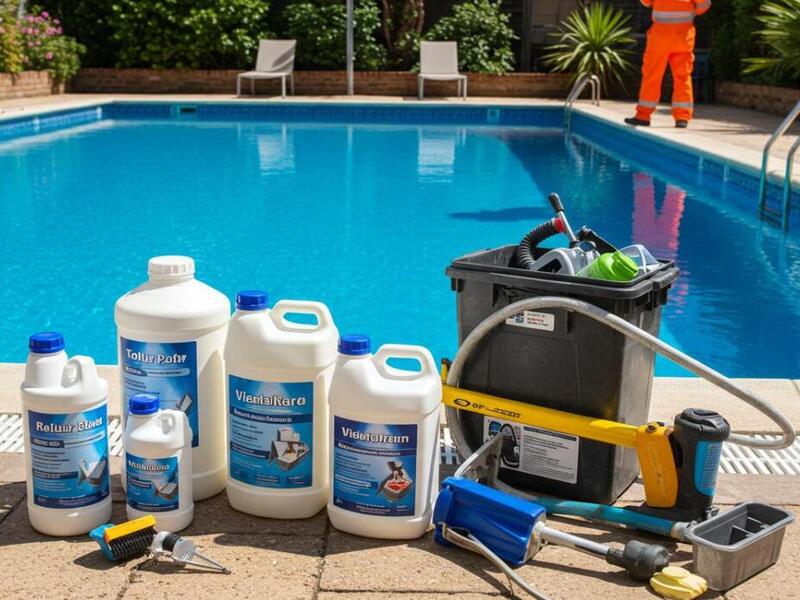
Chlorine: the most common sanitizer
Chlorine is the most widely used sanitizer due to its cost-effectiveness and powerful bacteria-killing properties. It comes in various forms, including tablets, granules, and liquid. Choosing the right type depends on your pool and what you need:
- Tablets: Ideal for use in chlorinators for sustained release.
- Granules: Best for shocking the pool rapidly.
- Liquid: Convenient for quick dosage adjustments.
Bromine: the alternative sanitizer
Bromine functions similarly to chlorine but is often preferred for indoor pools and hot tubs. It remains stable in warmer water, which makes it an ideal choice for spas. However, bromine is typically more expensive and less effective against certain types of algae.
The role of algaecides
Proper pool maintenance often involves the use of algaecides, a type of chemical that prevents algae growth.
Types of algaecides available
There are various types of algaecides tailored to combat different algae types:
- Quats: Effective but can cause foaming if overused.
- Polyquats: More stable and effective across various algae.
- Copper-based: Highly effective, but caution is needed to avoid staining.
Sh ock treatments: a basic overview
ock treatments: a basic overview
Pool shock treatments are essential for maintaining water clarity and safety. This process involves adding a concentrated dose of chlorine or alternative shock chemicals.
When to shock your pool
Several signs indicate your pool needs shocking. If the water looks cloudy or its clarity has decreased, it’s time. Also, shock the pool after many people have used it or after big parties. Seeing algae or smelling strong chemical odors are other clear signals to shock your pool
Pool chemical safety
Handling pool chemicals requires caution to ensure a safe environment. Using protective gear, understanding proper handling procedures, and recognizing possible dangers is key.
To safely manage pool chemicals, consider these guidelines:
- Always wear gloves and goggles.
- Store chemicals in their original containers, away from sunlight.
- Do not mix different types of chemicals.
Myths about pool chemicals
Misunderstandings about pool chemicals can cause improper water treatment or unnecessary worry about its quality. Clarifying these common myths is key to effective pool care.
If you are looking for high-quality products for pool maintenance, visit your local specialist store. He can provide expert guidance and tailored solutions to keep your pool in perfect shape all season long.


